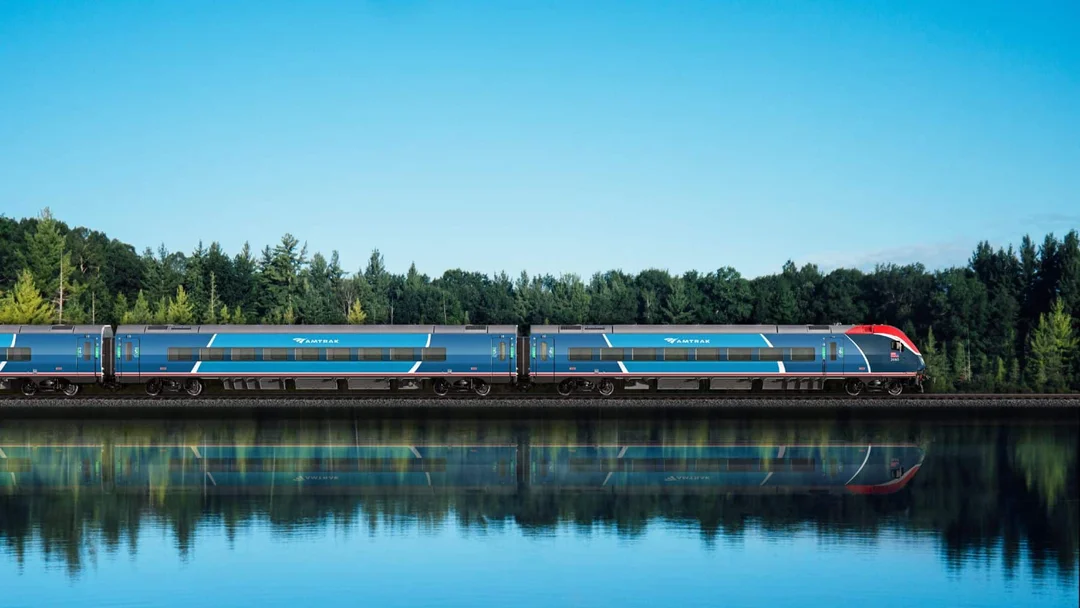
What’s Driving California’s High-Speed Rail Ambitions? Unpacking the Controversial Plan
In the face of a turbulent political climate and ongoing investigations, California's audacious plan to build a high-speed rail is stirring both hope and skepticism. As news outlets focus on the potential disruptions posed by the Trump administration, the California High-Speed Rail Authority has quietly appointed a visionary leader, Ian Choudri, whose mission is to fast-track this ambitious project.
Choudri, bringing decades of experience in rail system development, is spearheading a cultural shift within the authority aimed at achieving measurable results. Emphasizing efficiency, he is meticulously reviewing existing contracts and uncovering avenues for additional revenue, such as leveraging surplus real estate and fiber networks. His expansive ambitions extend beyond just building a train – he aims to revolutionize Southern California’s transit system.

The current goal of launching the high-speed service in the Central Valley by the early 2030s remains steadfast, but Choudri’s vision includes expedited construction on extensions to metro hubs like San Francisco and Los Angeles. These developments signal a potential breakthrough that could connect California's three largest urban areas in under three hours.
However, there’s a critical hitch – the issue of stable funding. The high-speed rail project has long suffered from inconsistent support, undermining progress and hiking costs. Currently relying on the state’s fluctuating cap-and-trade program, which funds the project through a volatile revenue stream ranging from $750 million to $1.25 billion annually, stakeholders are concerned. How can private investors feel secure assuming financial risks with such uncertainty?
Choudri is confident that by securing steadfast support from California lawmakers, he can attract billions in private investment necessary to fill existing funding gaps. His assertion underlines a broader strategy: transforming California’s public transport infrastructure into a profitable enterprise that simultaneously contributes to economic growth and environmental sustainability.
Such aspirations resonate with many Californians longing for improved transportation systems. Ray LaHood, former U.S. transportation secretary and current co-chair of the U.S. High-Speed Rail Coalition, echoes this sentiment. He indicates that the project is not merely a transportation initiative, but a crucial driver for economic development, particularly for the struggling Central Valley.
With the growing urgency for cleaner, renewable energy solutions, California's high-speed rail project emerges as a beacon of hope — a pioneering effort aimed at reducing carbon emissions while enhancing mobility. It proposes substantial reductions in operational costs by leveraging solar energy, yet the execution of these ambitious plans hinges on legislative commitment and strategic investments.
As we stand at the intersection of politics, economics, and environmental responsibility, the question arises: will California’s legislature take decisive action, paving the way for what could become one of the most significant infrastructure projects in the nation? The answer remains uncertain, yet the potential impacts are undeniable, begging a response from voters who yearn for modern transportation linked with economic progress. What will you, as a Californian citizen, say to ensure that this dream becomes a reality?